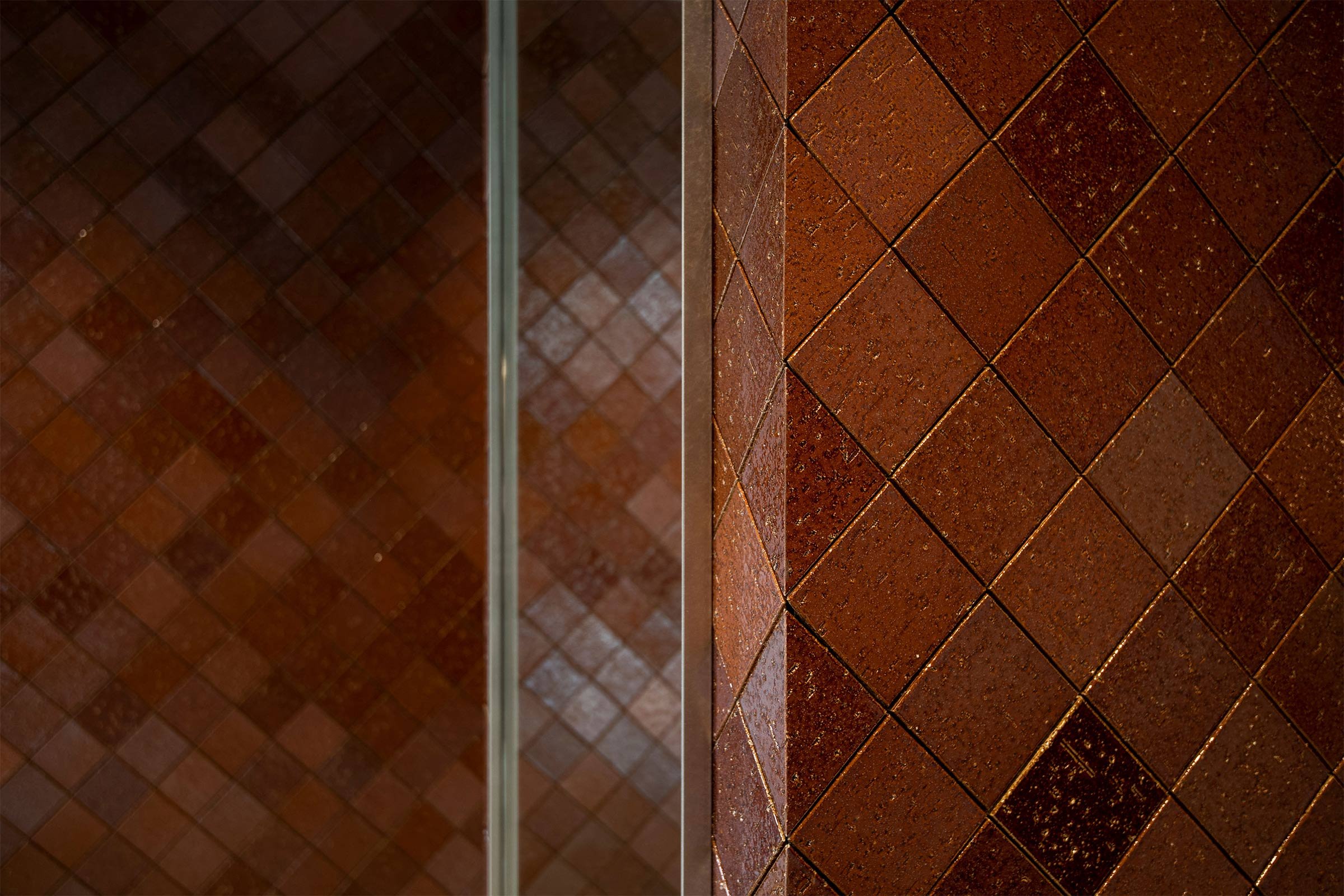Concept Store Arts&Science Opens in Fukuoka

Designed by local practice CASE-REAL, concept store Arts&Science’s new Fukuoka outpost pays homage to the architectural heritage of its neighbourhood
Design Anthology: How did you first meet the client?
Koichi Futatsumata: When Sonya Park, Arts&Science’s owner and creative director, decided to open a new store in Fukuoka, she looked for a local designer who knew the city well. A mutual friend introduced us and that’s how it all started.
What was her brief to you for the project?
Arts&Science is based on the concept of ‘high-quality everyday life’, and this store follows on from that.
In addition to being a retail space for products ranging from clothes and personal items to artisanal crafts, the 90-square-metre space also had to be able to host exhibitions. The large wall in the centre of the space posed a challenge, so we first developed a plan that would allow visitors to walk around the store with the wall at the centre. We then added sliding doors on both sides of the wall to create a flexible structure that can be used either as a single unit or divided into two sections. In addition, we built a partition wall behind the store’s facade to act as a display window when seen from the street and a recessed display shelf from the interior.
Where is the store?
It’s located on the ground floor of a corner apartment building in a quiet residential area near Ohori Park, in the centre of Fukuoka. The building was built in the 1970s, around the same time as the Fukuoka Art Museum, which is located in the park.
What’s great about the neighbourhood and what makes the location unique?
The store’s location itself resonates with the Arts&Science brand — Ohori Park is very unique and we wanted to make the most of this surrounding environment. The atmosphere there is more relaxed than in the city centre’s commercial district, and it changes with the seasons thanks to the park.
How did you approach the project — what design references did you incorporate into the space?
We reproduced the reddish-brown tiles that decorate the exterior walls of the Fukuoka Art Museum, and used them as the main motif for the store. Selected by the museum’s architect, the late Kunio Maekawa, the tiles have a beautiful texture and a glossy glaze. In addition to paying homage to a cultural landmark, the tiles’ handcrafted beauty resonates with the Arts&Science brand.
Please tell us a little about the material choices for the space.
The tiles are the the main material for the space, and we also used them for the exterior entrance, fixtures and small display tools. We also replicated the way they’re laid on the museum by applying them at a 45-degree angle.
Other materials include black-stained oak for the counters and fixtures, grey mortar for the store’s other walls, and pipes and stainless steel for the hangers.
Which of the elements were custom designed?
Aside from the furniture, everything else was custom made for the space. The tiles were produced by Tajimi Custom Tiles in Tajimi — a city famous for its tile industry — and were developed from several prototypes to achieve the same glaze and colour as the museum’s tiles. The hangers were also custom made using slim stainless steel plates to match the store’s delicate atmosphere.
Do you have a favourite element or design detail in the interiors?
The detailing in the tiling is my favourite element. Instead of filling the spaces between them with a conventional joint compound, we secured them on to the wall with a clearance of about two millimetres. I also like the fact that each tile has a slightly different colour and aspect.
Images / Hiroshi Mizusaki





















